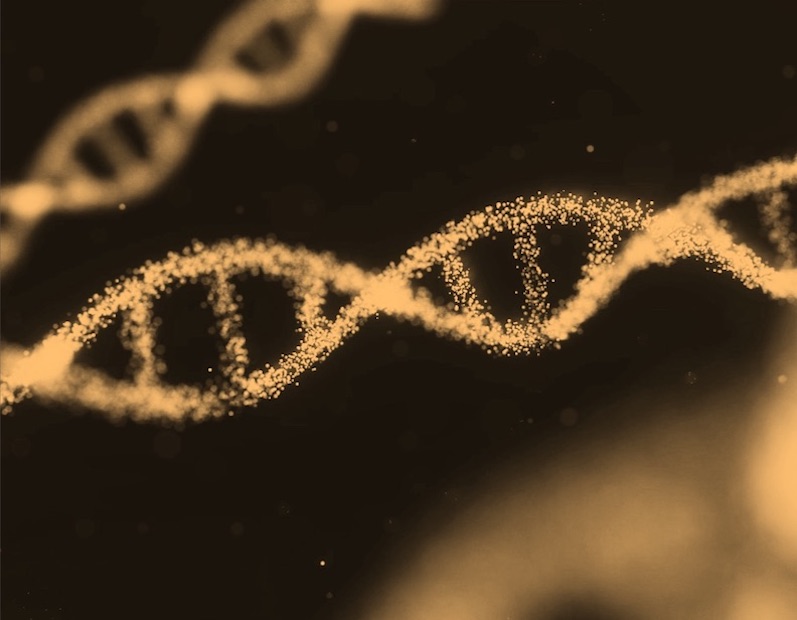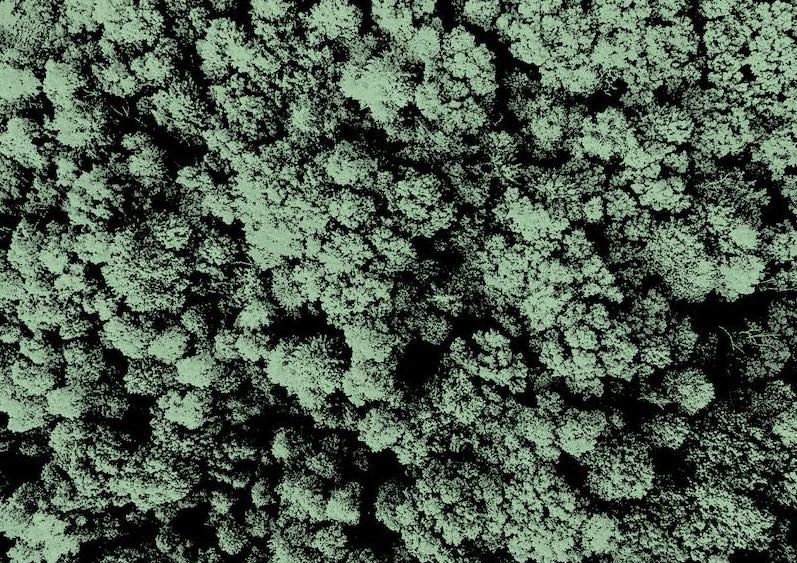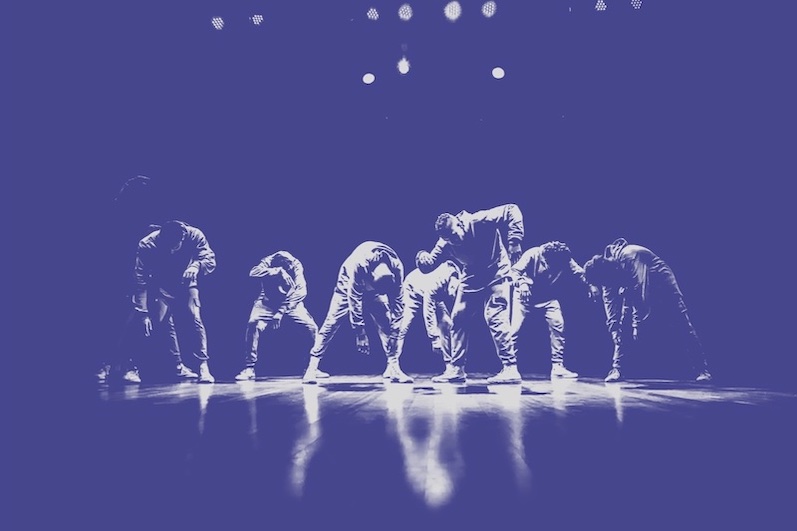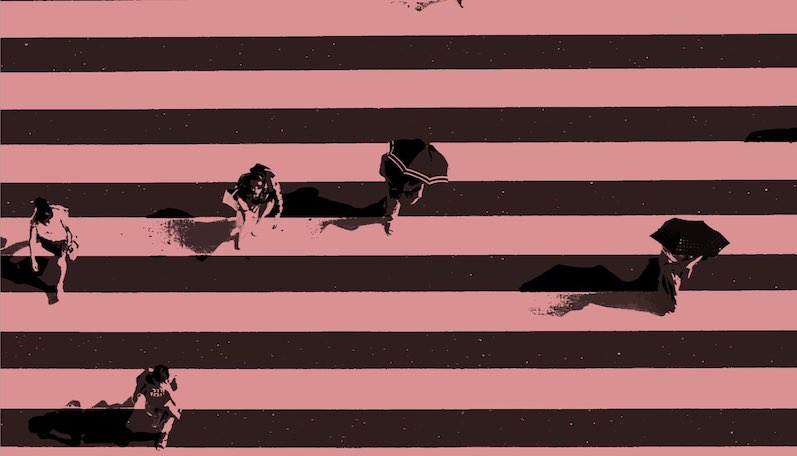What is it about?
In this article, we intend explore al-Ğāḥiẓ’s hypothesis about misers from Kitāb al-Buḫalāʾ (The Book of the misers), it is not only the phenomenon of miserliness associoeconomic conduct, but also especially the speech of the misers as the revealing symptom of the choice of a form of life. To use here a concept developed by Marcel Mauss, we would say that for al-Ğāḥiẓ the phenomenon of miserliness constitutes a ‘total social fact’ in that al-Ğāḥiẓ analyzes and treats miserliness not as a simple act to give and/or to receive involving only an economic aspect, but as a summary of all the facts which constitute the sociocultural space, a kind of cross-section in the body of society. The question asked by al-Ğāḥiẓ in this work is the one of the social link generally, community life in particular and, more specifically still, the sense of friendship that the other member of the dyad is capable of showing. Thus, we see al-Ğāḥiẓ insist on the fact that miserliness is not a fact of economy. Instead, it shows itself and acts especially as it involves the choice of a form of life and a mode of presence in society, a choice which determines, in his turn, a mode of appropriation and employment of the language in the speech of the misers.
Featured Image
Why is it important?
A new approach to the study of al-Jâhiz's Book of the misers
Perspectives
Miserliness as a Way of life: a contribution to the Reading of al-Ğāḥiẓ’s Kitāb al-Buḫalāʾ
Salah Natij
Universite de Nice Sophia Antipolis
Read the Original
This page is a summary of: De l’ avarice comme genre de vie, Oriens, November 2018, Brill,
DOI: 10.1163/18778372-04603003.
You can read the full text:
Contributors
The following have contributed to this page







